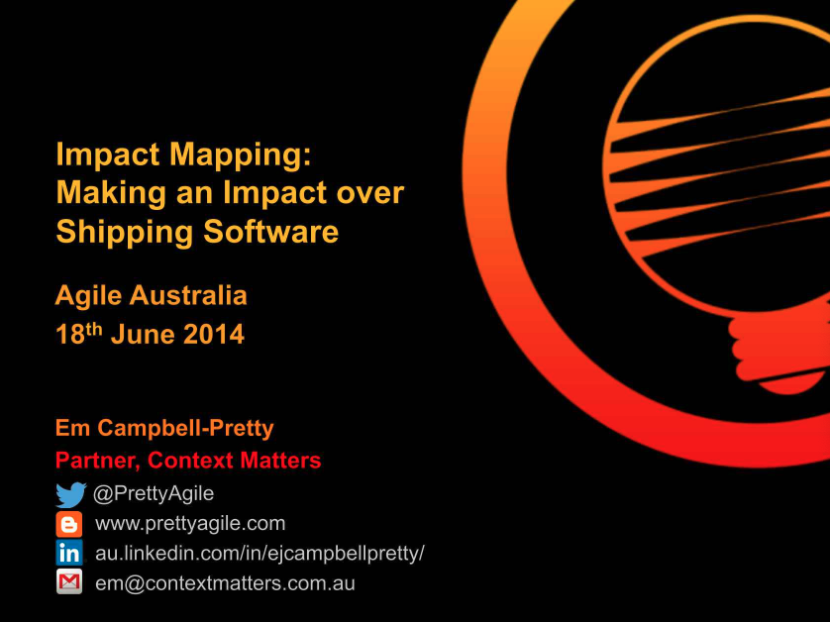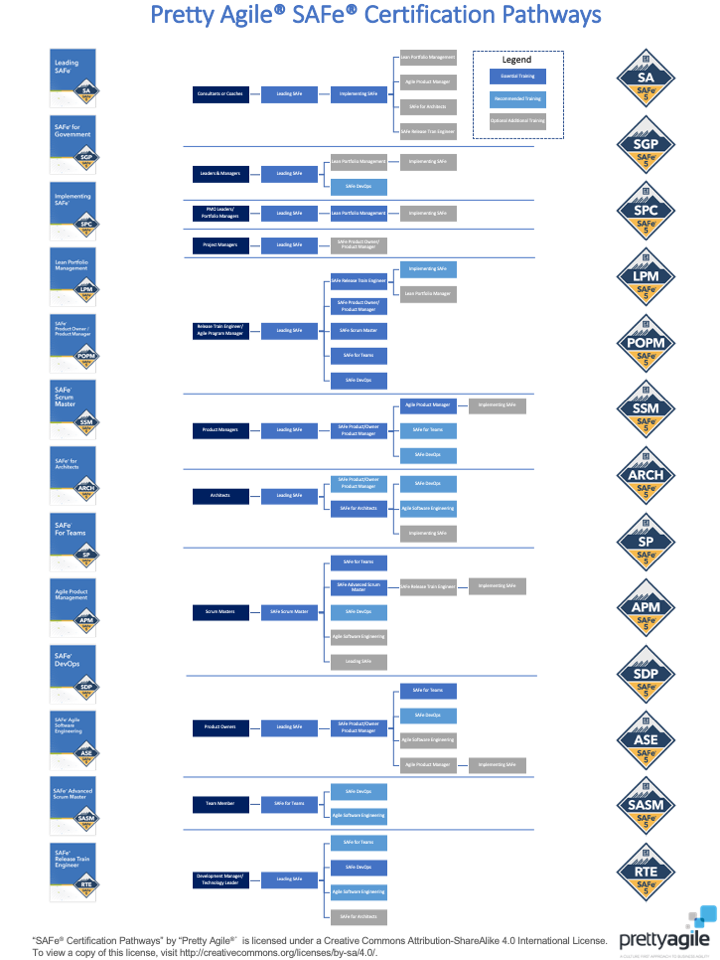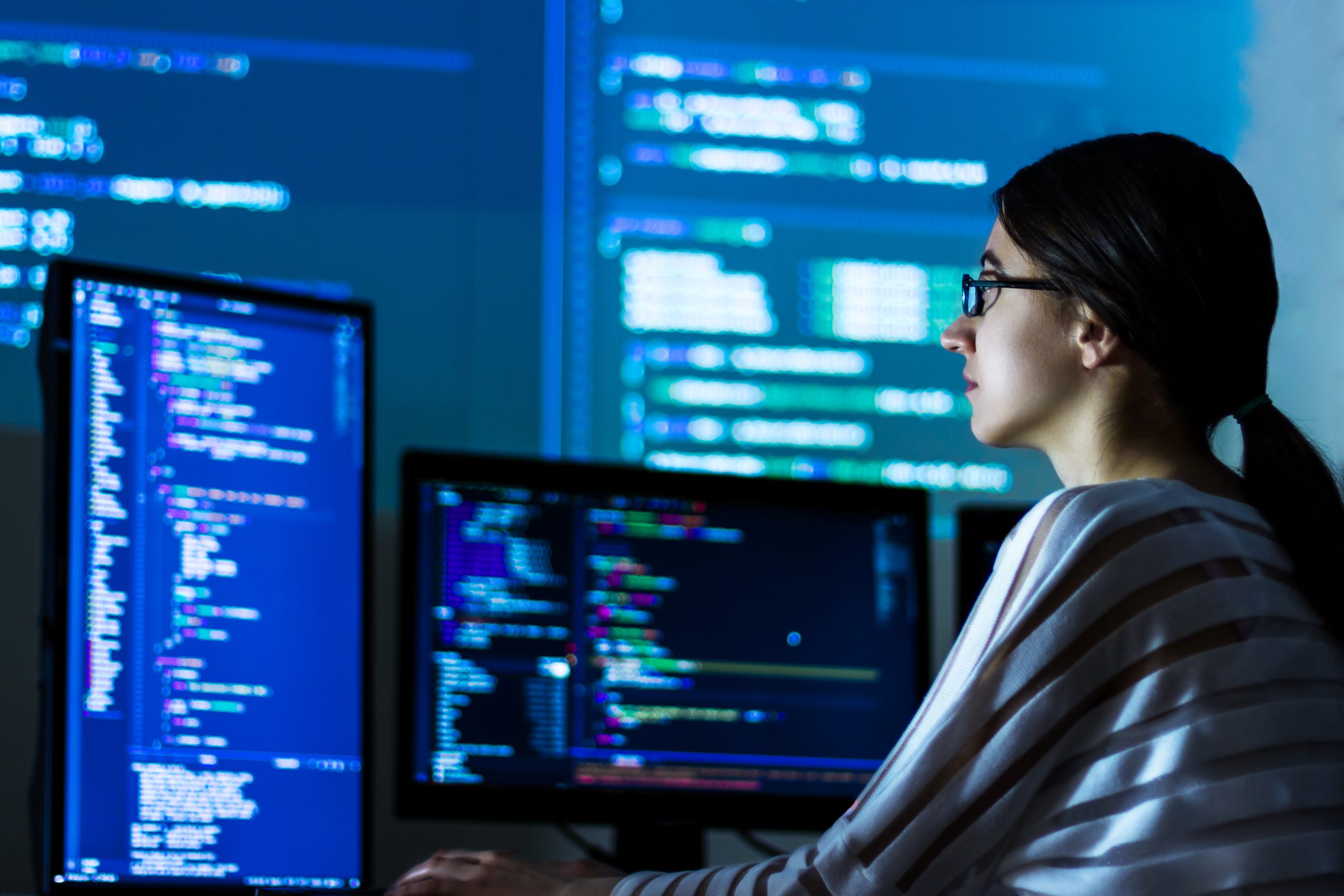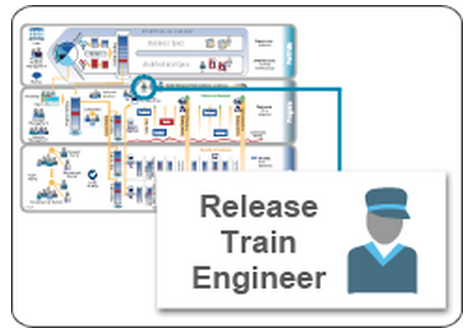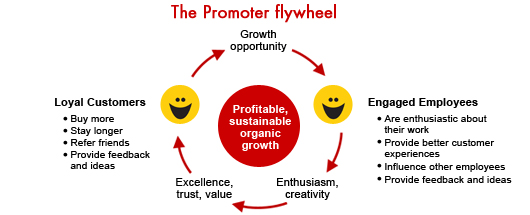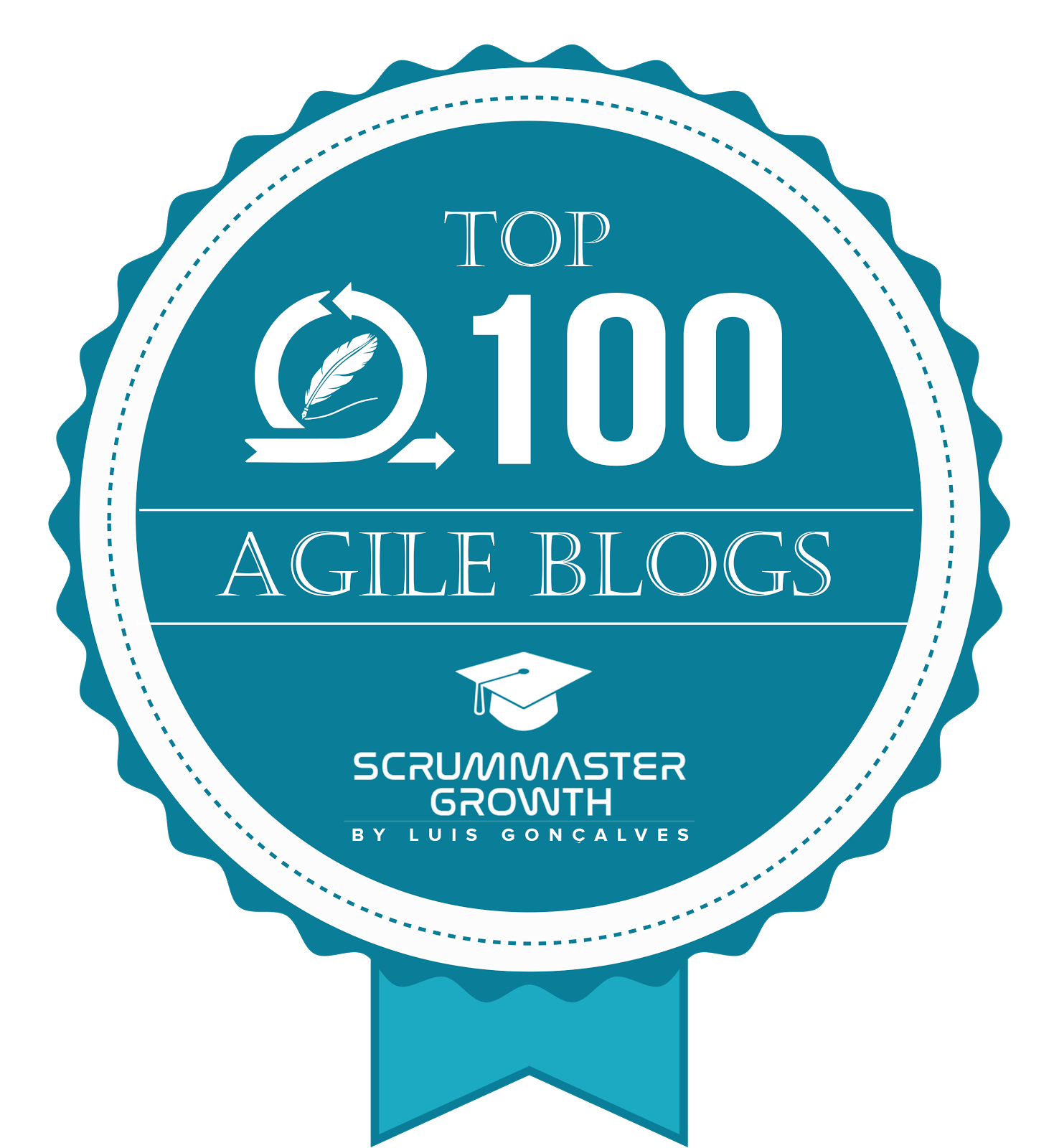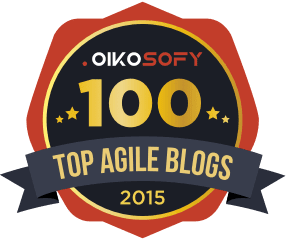- AI-Native Training
- SAFe Training
- Choose a Course
- Public Training Schedule
- SAFe Certifications
- Leading SAFe
- Implementing SAFe
- Advanced SAFe Practice Consultant
- Leading SAFe for Government
- SAFe Lean Portfolio Management
- SAFe Release Train Engineer
- SAFe for Hardware
- SAFe for Architects
- Agile Product Management
- SAFe Scrum Master
- Advanced Scrum Master
- SAFe DevOps
- SAFe Product Owner/Product Manager
- SAFe Agile Software Engineering
- SAFe for Teams
- SAFe Micro-credentials
- Agile HR Training
Bridging the Great Divide Between the Business and IT: A Business Perspective
A while back, a friend of mine suggested I write the story of how a business general manager found agile, i.e., my story. While bits and pieces of the story appear in this blog, this is the first time I have put pen to paper and written about my journey in detail. This forms the basis of my latest article in the Cutter IT Journal. In this article, I explore how agile helps change the dynamic between the business and IT, as I have experienced it.
A summary of the article is below:
Bridging the Great Divide Between Business and IT: A Business Perspective
In today's fast-paced business environment, the chasm between business and IT departments often hinders organizational efficiency and innovation. Through years of observation and experience, I've identified several critical factors contributing to this divide and propose actionable solutions to bridge it.
Key Challenges
- Communication and Trust Issues: Historically, business and IT teams have struggled with effective communication, leading to mutual distrust. This distrust often manifests in a blame culture, where IT is seen more as a necessary expense than a valuable partner in achieving business goals.
- Physical and Cultural Separation: The physical separation and cultural differences between these teams exacerbate misunderstandings. When business and IT operate in silos, the lack of informal interactions and shared experiences leads to inefficiencies and misaligned priorities.
Bridging the Gap: Solutions and Approaches
- Adopting Agile Methodologies: Implementing Agile methodologies has been a game-changer. Agile's core principles of transparency, iterative development, and continuous feedback align closely with business needs. This approach encourages frequent communication and fosters a collaborative environment where both teams work towards common objectives.
- Implementing Agile Release Trains (ARTs) and SAFe: The Scaled Agile Framework (SAFe) and ARTs have proven effective in synchronizing efforts across multiple teams. By fostering a one-team culture, these frameworks ensure that both IT and business objectives are aligned. The regular cadence and synchronization of ARTs facilitate smoother collaboration and improved outcomes.
- Leadership and Transparency: Leadership plays a pivotal role in bridging the divide. Leaders who demonstrate vulnerability and transparency set a tone of trust and openness. By sharing challenges and working collaboratively on solutions, leaders can foster a culture of mutual respect and joint problem-solving.
Practical Steps for Alignment
- Co-location: Bringing business and IT teams together physically can significantly enhance communication and collaboration. Even temporary co-location can lead to spontaneous interactions that help build understanding and trust.
- Joint Problem-Solving: Encouraging joint problem-solving sessions allows both teams to contribute their expertise and perspectives. This collaborative approach ensures that solutions are practical and aligned with business needs, fostering a sense of shared ownership and mutual respect.
- Clear Objectives and Metrics: Establishing clear, shared objectives and metrics ensures that both teams are working towards the same goals. This alignment helps to reinforce the strategic value of IT and ensures that initiatives are directly tied to business outcomes.
Conclusion
Bridging the divide between business and IT requires a sustained effort and a shift in mindset. It involves adopting collaborative frameworks like Agile and SAFe, fostering a culture of trust and transparency, and ensuring continuous alignment of objectives. By embracing these strategies, organizations can transform their IT departments into strategic partners that drive business success.
For a deeper exploration of these strategies and their impact, read the full article on the Cutter Consortium website.




